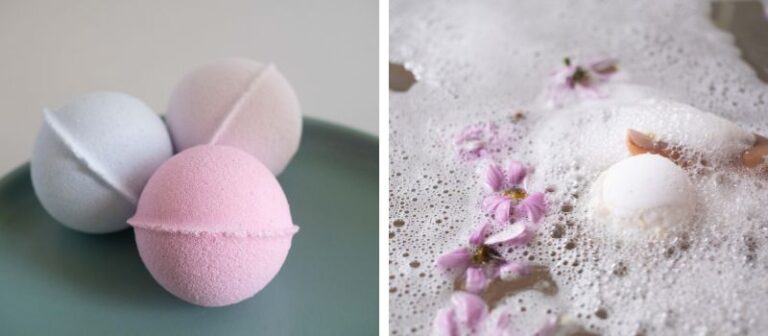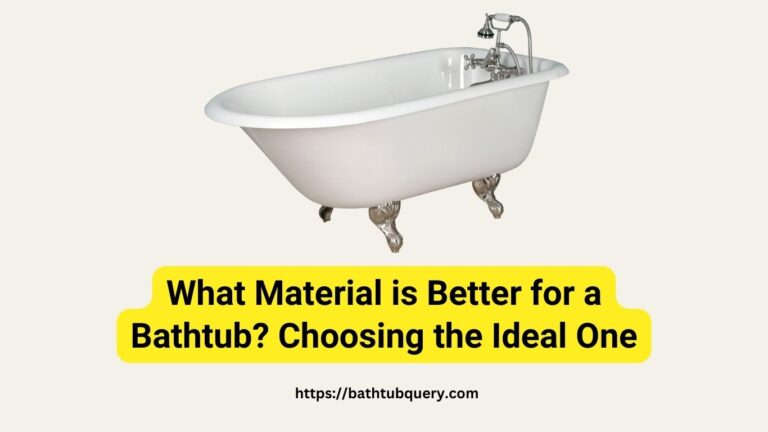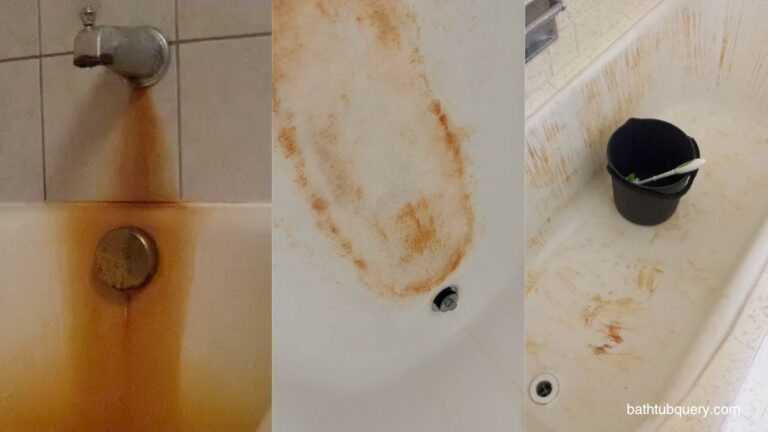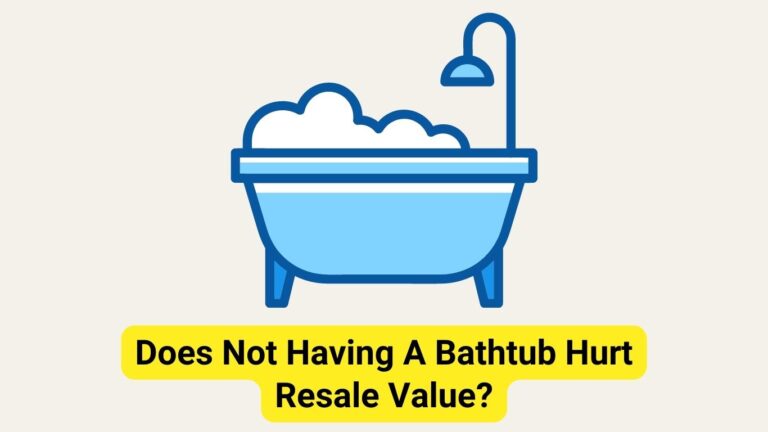What Is An Alternative To Replacing A Bathtub? A Guide to Alternatives
Is not it better to fix up, refresh, or redo rather than replace? Our homes would not be complete without the bathroom, and the bathtub in particular. But what if your tub is showing its age, or if it does not go with your new decor? It can be expensive and time-consuming to replace, so it is important to have options on hand. In this article, we explore some feasible alternatives to tearing out and rebuilding your tub.
What is an Alternative to Replacing a Bathtub?
Alternatives to replacing a bathtub include relining, refinishing, or utilizing the innovative PureCoat process. These cost-effective methods can significantly extend the lifespan of your current tub, offering an excellent substitute for a complete replacement.
Why Opt for Alternatives?
There are a few reasons why you might consider alternatives to replacing your bathtub:
Cost-Effective: Keep Your Money Where It Belongs – In Your Pocket!
The first thing to consider is the financial side of things. Full-scale bathtub replacements can be costly. We’re talking not just about the new tub itself, but also the labor for removal, potential plumbing adjustments, and installation.
However, relining or refinishing your tub can be far more economical. And if you’re looking to truly innovate, the PureCoat process, a cutting-edge procedure involving an advanced polymer coating, can also save you significant bucks.
Time-Saving: Less Hassle, More Hustle!
Another key point to consider is the time factor. While replacing a bathtub can take a significant amount of time, involving demolition, removal, installation, and cleanup, alternative processes like relining and refinishing can be done much faster. This means less time you have to spend living in a construction zone and more time enjoying your new-look tub.
Environmentally Friendly:
Did you know that when you choose an alternative to bathtub replacement, you’re also making a choice that’s kinder to the environment? Bathtub replacement generates waste – your old tub has to go somewhere, and that ‘somewhere’ is usually a landfill. By opting for alternatives like resurfacing or the PureCoat process, you’re reducing waste and your environmental footprint.
Preserving Vintage Appeal:
Lastly, if you’re lucky enough to own a home with an antique clawfoot tub or vintage porcelain, you know how much charm and character these pieces can add to a bathroom. Refinishing allows you to maintain that original appeal while ensuring your tub is in top-notch condition. It’s the perfect blend of the old and the new.
Bathtub Liners
Ever walked into a friend’s bathroom and marveled at the seemingly brand-new bathtub, only to be told that it’s just a simple liner fitted over their old tub? If you’ve been in this situation, you’d know how transformative bathtub liners can be. These nifty products work as a protective shell, simply slotting over your existing bathtub and giving it a new lease of life.
With a quick and easy installation process, you could have a refreshed, stylish bathroom in a matter of hours. What’s more, you can choose from a range of colors and styles to match your existing décor.
However, as with anything in life, there are a couple of drawbacks to consider. First off, these liners are typically less durable than a new bathtub, and they may not always fit perfectly. But for a quick fix that won’t break the bank, they’re a fantastic choice.
Bathtub Refinishing
Another popular alternative to replacing your bathtub is refinishing, sometimes known as reglazing. Picture this: rather than ripping out your old, worn-out tub, a professional comes in and sands down the surface, repairs any damages, and then applies several layers of a fresh, new coating. The result? A gleaming, shiny tub that looks brand new.
One of the major benefits of refinishing is the cost. It’s much cheaper than a full bathtub replacement, and better for the environment too. But, it does come with a few drawbacks. For one, the lifespan of a refinished tub is generally shorter than that of a brand-new one. Plus, this isn’t a DIY-friendly task – you’ll need a professional service to ensure a high-quality finish.
Bathtub Relining
Last but not least, there’s bathtub relining, another alternative to full-on bathtub replacement. This process involves fitting a new liner, usually made of acrylic or PVC plastic, into your existing tub. Think of it like a new coat of armor for your tub. Relining not only protects the tub but also enhances its visual appeal, giving your bathroom a fresh, updated look.
As for the pros and cons? Well, installation is relatively quick, which is a major plus. The downside is that relining can sometimes be more expensive than refinishing, and it may not have the longevity of a brand-new tub. Nonetheless, it’s a solid option if you’re looking for a quick and easy bathroom makeover.
Key Takeaways
Choosing an alternative to bathtub replacement can be a smart move if you’re looking to save money, time, and the environment. From liners to refinishing and relining, each option has its pros and cons. Understanding your specific needs and the condition of your current tub will help you make an informed decision.
FAQs
Is bathtub refinishing a good idea?
Yes, it’s a cost-effective way to give your tub a new look, especially if your tub is in good structural condition.
How long does a refinished bathtub last?
With proper care, a refinished bathtub can last 10-15 years.
Can you DIY bathtub refinishing?
While there are DIY kits available, professional refinishing ensures a longer-lasting and more durable result.
How much does bathtub relining cost?
The cost can vary widely depending on the type of liner and installation costs, typically ranging from $800 to $1,000.
Can a fiberglass tub be refinished?
Yes, fiberglass tubs can be refinished, but they may require more specialized care during the process.
Related articles:
- What Material is Better for a Bathtub? Choosing the Ideal Bathtub Material
- Can I Replace My Own Bathtub? The Ultimate DIY Guide

Amanda has been designing and installing bathtubs for over 15 years. She first got interested in the bathtub industry while working as an interior designer right after college. During her years as a designer, Amanda was frustrated by the lack of high-quality, unique bathtub options for her clients. This passion led her to start her own bathtub website in 2009.







